7 Companion Plants Perfect for Peppers (and What to Avoid)
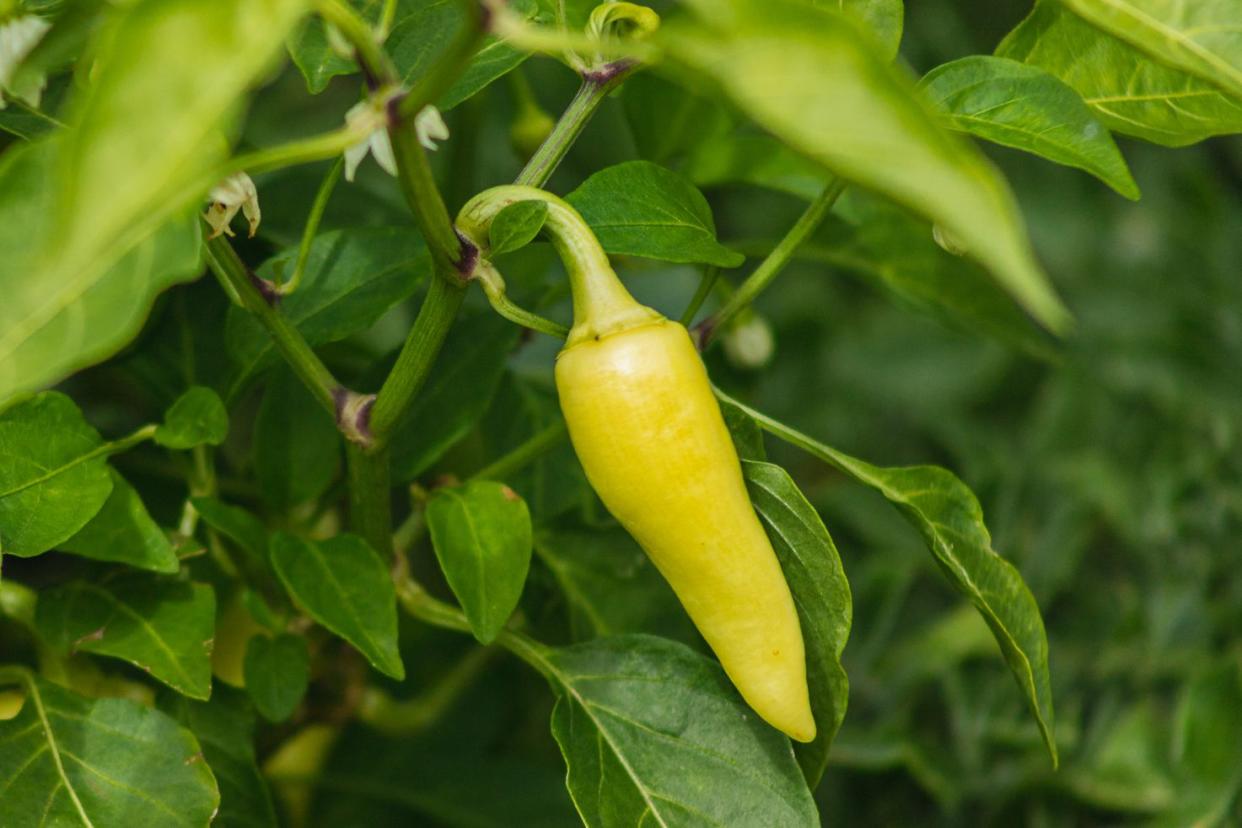
The Spruce / Autumn Wood
Reviewed by Barbara Gillette
If you are ready to grow peppers, think about planting them in a salsa garden. Vegetables and herbs that make great salsa also make perfect companion plants for peppers. The plants require the same growing conditions (light, soil pH, water) and help with insect and disease control. Great crops to plant alongside peppers are cilantro, marigolds, and onions.
What Is Companion Planting?
Companion planting is the practice of growing different plants together for mutual benefit. While not all companion planting information is based on hard scientific facts, researchers are studying the observations and garden lore found in farmers’ almanacs.
A garden is a system of biodiversity where all of the plants are connected and interdependent. Sometimes the benefit is one-sided, with one plant selflessly offering partnership advantages to the other. In many cases, the benefit is mutual, with each plant enhancing the other's growth.
7 Companion Plants for Peppers
Basil
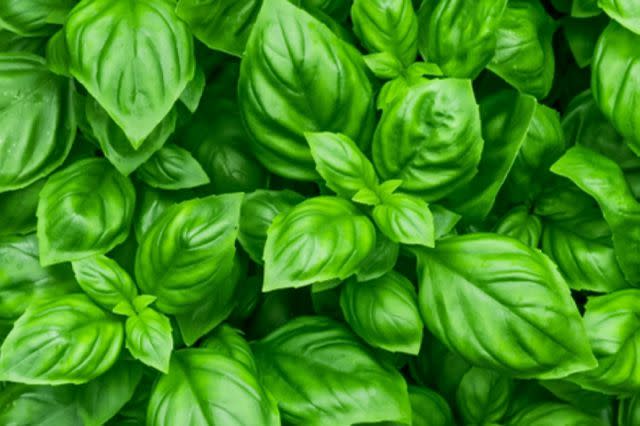
The Spruce / K. Dave
Planting basil has multiple companion benefits for pepper plants. It grows quickly from seed providing a dense ground cover that traps the heat and moisture peppers prefer. Basil also repels aphids, spider mites, and thrips that can damage pepper plants while also enhancing the flavor of the peppers in salads and main dishes.
Carrots
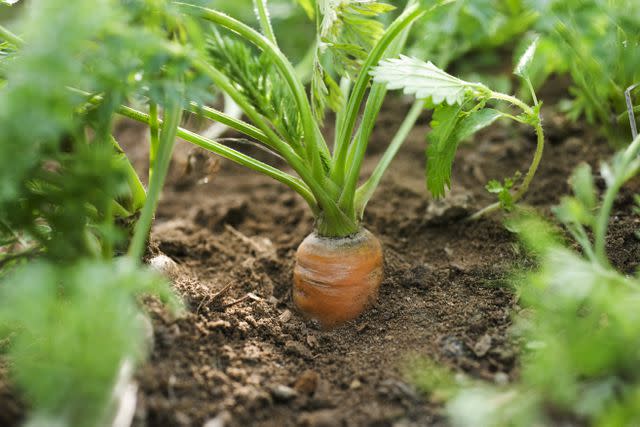
Peppers and carrots are excellent companions because peppers provide the shade that tender carrot tops need while the carrots create a living mulch to reduce weeds. Since carrots are root vegetables, they help to loosen the soil, making it easier for peppers to grow deep roots. Carrots also attract beneficial insects for peppers like ladybugs and lacewings.
Cilantro
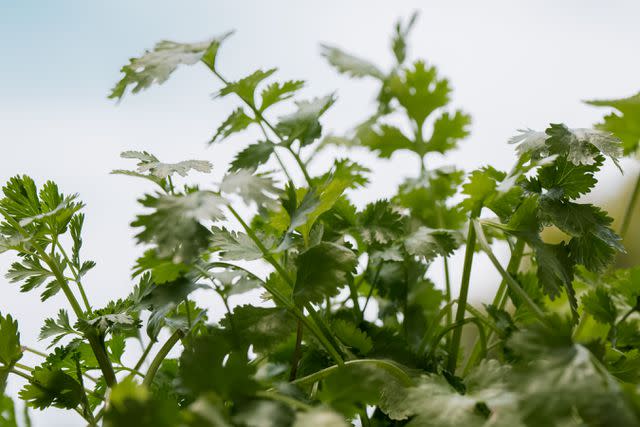
The Spruce / Kara Riley
Cilantro and peppers not only taste great together, they are also excellent companion plants. Cilantro attracts beneficial insects while also repelling pests like spider mites and aphids. Cilantro and other herbs like dill, oregano, and marjoram grow close to the ground so they won't compete with peppers for space.
Marigolds
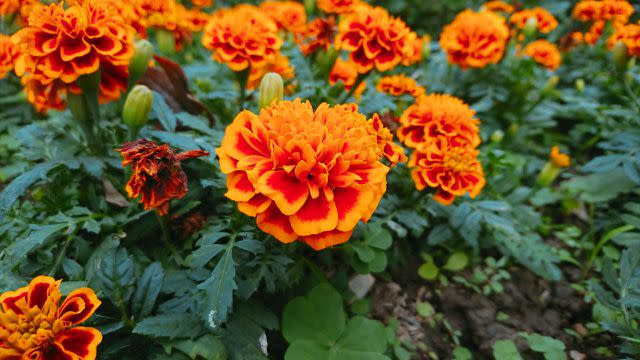
Mahantesh Biradar/EyeEm/Getty Images
While the data is lacking as to whether marigolds actually deter insect pests, they do attract beneficial insects such as lacewings, ladybugs, and parasitic wasps. Vibrant African or French marigolds are great for discouraging pests such as nematodes, squash bugs, and whiteflies. The bursts of color attracts pollinators and add a decorative look to the vegetable garden.
Nasturtiums
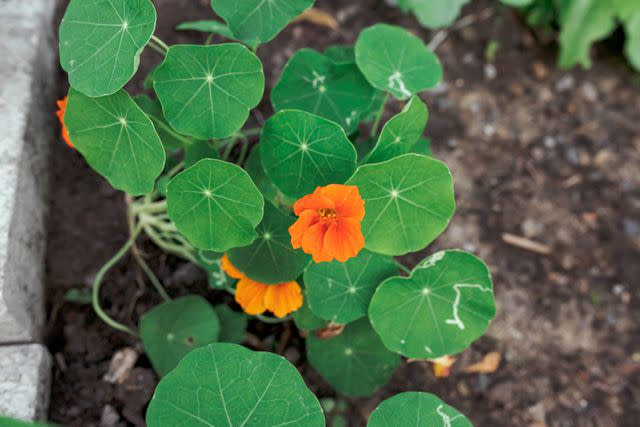
Treehugger / Autumn Wood
Aphids are drawn to peppers, but they prefer the round leaves of nasturtiums. Plant the peppers and nasturtiums within 12- to 18-inches of each other because aphids are tiny and can't travel far. As a bonus, having lots of aphids on nasturtiums will bring beneficial insects that feed on aphids, including ladybugs, hoverflies, and lacewings.
Tip
You can even add the peppery-tasting yellow or orange nasturtium blossoms to your salad along with slices of peppers.
Onions
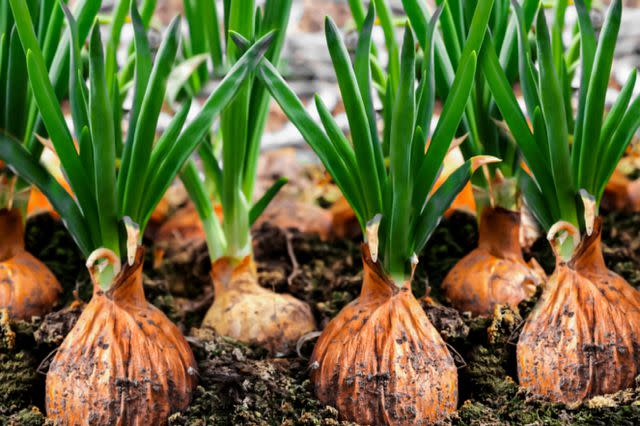
The Spruce / K. Dave
Another common companion for peppers in the kitchen works well in the garden. Onions protect peppers against slugs, aphids, mites, and cabbage worms. You can choose to plant tender green onions or white, yellow, or red varieties.
Spinach
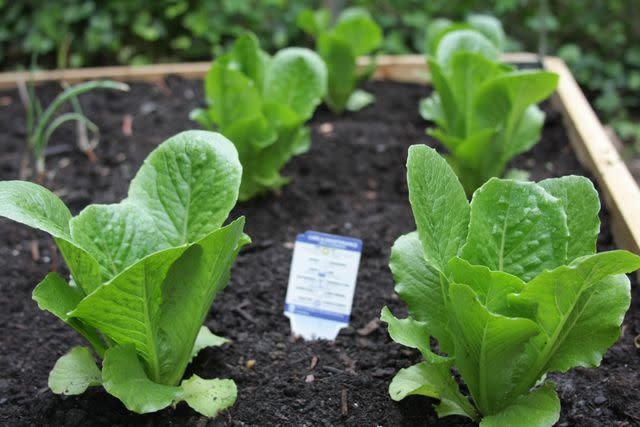
This leafy green is an ideal companion plant for peppers as it helps to shade the soil, retain soil moisture, and suppress weeds while attracting beneficial insects. Because spinach matures rapidly and is low growing beneath the pepper plants, you may be able to harvest two crops per growing season
Selecting and Planting Companion Plants for Peppers
Whether you are transplanting pepper plants and its companions into the garden or growing them all from seed, plan your transplanting and/or sowing so that the plants are in their later growth stages at a similar time.
Move the plants to the garden after the danger of frost has passed. Peppers, and their companion plants, need at least six to eight hours of full sun during the growing season. The soil should be well drained and contain organic matter. These plants will also thrive in large containers or raised beds.
Be sure to give the plants even and consistent watering of 1- to 2-inches per week. Pepper plants require a lot of water, so using companion plants can help provide mulch and keep the soil cool to help maintain soil moisture.
Peppers come in a variety of colors, shapes, flavors, and levels of heat. Bell peppers, Capsicum annuum (Grossum Group), are considered to be "sweet peppers" while the members of Capsicum annuum (Longum Group) include chili peppers and cayenne peppers. Whether you are growing sweet or hot peppers, planting these 8 companion plants can be beneficial in producing healthy, fruit-bearing plants.
If you like to grow peppers in containers, group containers containing these plants close together to reap a healthy crop.
What Not to Grow with Peppers
What are the worst plant companions for peppers? Again, avoiding some plants is scientifically based while others are anecdotal.
Apricots: If you want to produce quality apricots, do not attempt to grow peppers in containers or locate your garden plot near an apricot tree. A common pepper fungal disease can spread to your apricot tree, ruining fruit production.
Brassicas: Almanacs and home gardeners recommend avoiding planting brassicas (cabbage, broccoli, kale, collards, cauliflower) near peppers because they require different soil acidity levels and can deter pepper plant growth.
Beans: Beans require a large quantity of nitrogen to thrive and they will "steal" it from the soil and leave pepper plant growth stunted. Vining beans on tall stakes can also deprive pepper plants of sunlight.
Fennel: Fennel is also a greedy plant that consumes the nutrients in that pepper plants need to thrive.
Peppers, tomatoes, and eggplants are members of the nightshade family and can be planted together. However, the crops should be rotated in the garden every season. Don’t plant peppers, tomatoes, eggplant, or potatoes in the same garden spot more often than once every three years to help avoid disease.
Read Next: 11 Best Strawberry Companion Plants (and What Not to Plant Nearby)
Read the original article on The Spruce.

